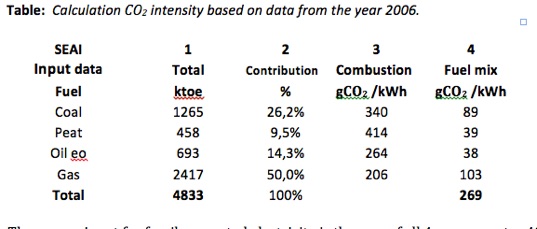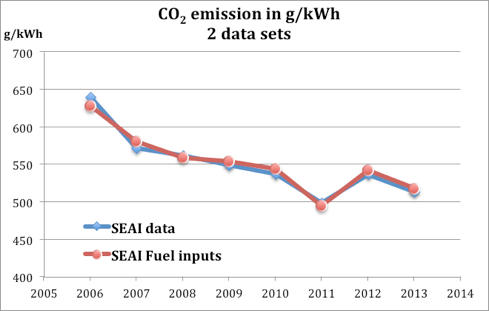


Platypuses lay eggs, but produce milk from mammary glands. The platypus, Ornithorhynchus anatinus, is an important species for evolutionary studies which possesses a unique combination of mammalian and reptilian features (for reviews see ). The TERT gene, however, has not been characterized in the basal group of mammals, the egg-laying monotremes (platypuses and echidnas). Orthologs of TERT have been identified in many vertebrates including human, dog, mouse, rat, hamster, chicken, frog ( Xenopus laevis), and several fish ( Danio rerio, Takifugu rubripes, Nothobranchius furzeri, Oryzias latipes, O. Recently, the TERT gene was cloned from an echinoderm, the purple sea urchin ( Strongylocentrotus purpuratus), and urochordates, the sea squirt species Ciona intestinalis and C. The protostomian TERT genes have been identified in a number of insect species including Apis mellifera, Bombyx mori and Tribolium castaneum, and the nematode Caenorhabditis elegans. Several TERT genes have been cloned from plants – Oryza sativa, Asparagales, and Arabidopsis. Other TERT genes from yeast – Schizosaccharomyces pombe and Candida albicans, and protozoa – Giardia lamblia, Oxytricha, Tetrahymena, Paramecium, Leishmania and Plasmodium have been subsequently described. TERT genes were initially cloned from Euplotes aediculatus and Saccharomyces cerevisiae. With the exception of the human AS TERT variant α, which is proposed to be a dominant-negative inhibitor of telomerase activity, the function of the TERT AS variants remains to be determined. The expression of human AS variants is regulated during development and carcinogenesis. Numerous TERT alternatively spliced (AS) variants have been identified in both vertebrates and plants. The expression and activity of telomerase is tightly regulated principally at the level of TERT transcription (for review see ). Most human cancer cells express elevated levels of telomerase which is critical for tumor development. In normal somatic cells telomerase is downregulated, and only cells with high proliferation rates such as male germ line cells, stem cells and cells of the immune system retain high levels of telomerase activity. Telomerase plays a critical role in aging and cancer in vertebrates. In addition to this canonical function, telomerase stimulates cell proliferation, protects against oxidative damage and apoptosis, and modulates gene expression (for review see ). The reduction in telomere length is compensated for by the enzyme telomerase, which is composed of a catalytic subunit (TERT) with reverse transcriptase activity and an RNA template (TR). This progressive telomere shortening ultimately leads to cell growth arrest and senescence. As a result of the inability of DNA polymerases to replicate chromosomal ends, telomeres shorten with each subsequent cell division. Telomeres are important for protecting chromosomes from recombination, and fusion, and also play a role in cellular signaling following DNA damage. Telomeres are specialized DNA-protein structures at the end of linear chromosomes. Features specific to TERT of eutherian mammals have, therefore, evolved more recently after the divergence of monotremes. Oan TERT shares many features with TERT of the reptilian outgroup, suggesting that Oan TERT represents the ancestral mammalian TERT. Interestingly, female platypuses express higher levels of telomerase in heart and liver tissues than do males. Synteny analysis suggests that TERT co-localized with sex-linked genes in the last common mammalian ancestor. Oan TERT was localized on pseudoautosomal regions of sex chromosomes X3/Y2, expanding the homology between human chromosome 5 and platypus sex chromosomes. Telomerase activity is expressed in all platypus tissues like that of cold-blooded animals and murine rodents. Several alternatively spliced Oan TERT variants structurally similar to avian TERT variants were identified. Like the TERT of sauropsids and marsupials, as well as that of sharks and echinoderms, OanTERT contains extended variable linkers in the N-terminal region suggesting that they were present already in basal vertebrates and lost independently in ray-finned fish and eutherian mammals. The Oan TERT encodes a protein with a high sequence similarity to marsupial TERT and avian TERT. We report the cloning of a platypus TERT (Oan TERT) ortholog, and provide a comparison with genes of other vertebrates. The platypus occupies an important evolutionary position, providing unique insight into the evolution of mammalian genes.

Vertebrate telomerase has been studied in eutherian mammals, fish, and the chicken, but less attention has been paid to other vertebrates. The TERT gene encodes the catalytic subunit of the telomerase complex and is responsible for maintaining telomere length.


 0 kommentar(er)
0 kommentar(er)
